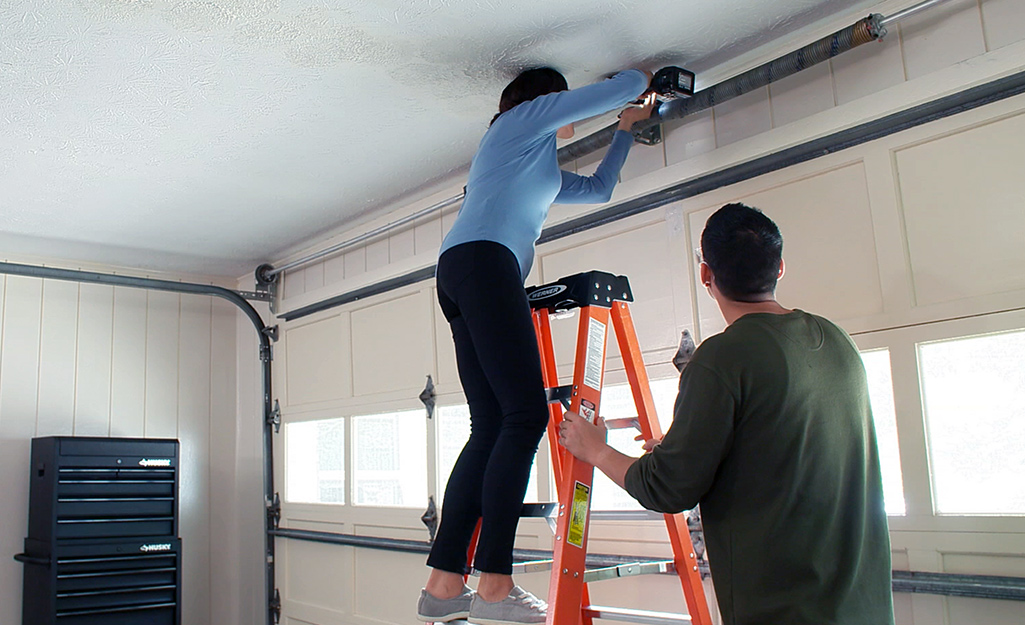Demystifying Garage Door Installation: A Comprehensive Guide
by siteadmin

Installing a new garage door is a significant investment that can enhance the curb appeal, security, and functionality of your home. However, the installation process can seem daunting without a clear understanding of the procedures involved. In this blog post, we’ll provide a comprehensive guide to understanding garage door installation procedures, empowering you to make informed decisions and ensure a successful installation.
Initial Assessment:
Before beginning the installation process, a professional garage door installer will conduct an initial assessment of your garage to determine the best approach. This assessment involves measuring the dimensions of the opening, evaluating the condition of the existing garage door (if applicable), and assessing any structural or environmental factors that may impact the installation.
Selection of Materials and Design:
Once the initial assessment is complete, the next step is to select the materials and design for your new garage door. Garage doors come in a variety of materials, including steel, aluminum, wood, and composite materials, each offering unique advantages in terms of durability, aesthetics, and cost. Additionally, you’ll need to choose a design and style that complements your home’s architecture and personal preferences.
Preparation of the Opening:
Before installing the new garage door, the installer will prepare the opening by ensuring that it is clean, level, and structurally sound. This may involve removing the existing garage door and hardware, repairing any damage or deterioration to the surrounding framework, and installing additional bracing or support if necessary.
Installation of Tracks and Hardware:
The next step in the installation process is to install the tracks and hardware that will support and guide the movement of the garage door. This includes mounting the horizontal and vertical tracks to the walls of the garage, as well as installing the rollers, hinges, and other hardware that will attach the door panels to the tracks.
Installation of Door Panels:
With the tracks and hardware in place, the installer will then proceed to install the individual door panels. This typically involves attaching each panel to the rollers and hinges and securing them in place using screws or bolts. Depending on the design of the garage door, the panels may be installed from the bottom up or from the top down.
Attachment of Springs and Cables:
Once the door panels are in place, the installer will attach the springs and cables that provide the counterbalance necessary for smooth and efficient operation of the garage door. This step requires careful attention to ensure that the springs are properly tensioned and calibrated to provide the correct amount of lift and support for the door.
Testing and Adjustment:
After completing the installation, the installer will test the operation of the garage door to ensure that it opens and closes smoothly and without any issues. They will also make any necessary adjustments to the tracks, hardware, and springs to optimize performance and ensure proper alignment.
Garage door installation is a complex process that requires careful planning, preparation, and execution. By understanding the procedures involved, you can work closely with your installer to ensure that your new garage door is installed correctly and functions flawlessly for years to come. Whether you’re upgrading to a new door or replacing an existing one, investing in professional installation is essential for maximizing the longevity and performance of your garage door.
Installing a new garage door is a significant investment that can enhance the curb appeal, security, and functionality of your home. However, the installation process can seem daunting without a clear understanding of the procedures involved. In this blog post, we’ll provide a comprehensive guide to understanding garage door installation procedures, empowering you to make…
Recent Posts
- Ellingson Roofing LLC: The Premier Roofing Contractors in Helena, MT
- JCTZ Garage Doors: Your Trusted Garage Door Repair Service in Avondale, Buckeye, and Palm Valley, AZ
- Garage Builders Seattle: Crafting Dream Garages That Stand the Test of Time
- Maintaining Safety and Functionality: Essential Maintenance Practices for Garage Doors
- Green Garage: Embracing Energy Efficiency and Sustainability with Eco-Friendly Garage Doors
